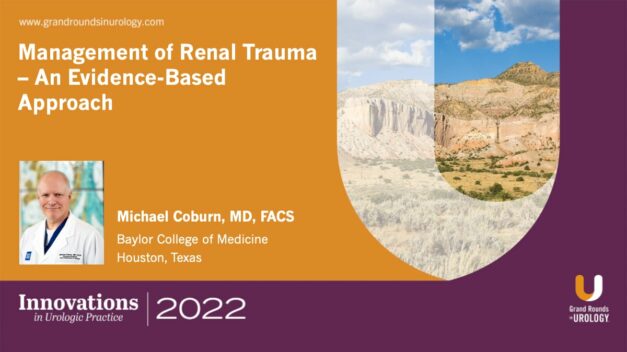Implantable Tibial Nerve Stimulators. Where Do They Fit in Advanced OAB Paradigm?
Christopher P. Smith, MD, MBA, MSS, explores the evolution and current advancements in tibial nerve stimulation for treating bladder dysfunction. He begins this 19-minute presentation with a brief history of percutaneous tibial nerve stimulation (PTNS), underscoring its utility in bladder disorder management.
Smith introduces two significant implantable devices, Valencia’s eco, and the Ravi system. Both devices provide customizable treatment and cater to patient preferences, though they differ in implantation methods and patient autonomy over therapy. While these devices offer innovative treatment for urge urinary incontinence, compliance remains a challenge, often due to the time commitment and multiple visits required. Dr. Smith also references the Titan implant by Medtronic, which, while not yet FDA-approved, promises quick activation post-implant and a potential solution to compliance issues.
Dr. Smith reports recent guidelines from the AUA and SUFU now classify these therapies as “minimally invasive,” encouraging earlier intervention, even without exhausting all conventional therapies. The expectation is that new guidelines may support a broader acceptance and earlier access to minimally invasive options, ultimately improving tailored patient care in managing bladder dysfunction.
Read More




